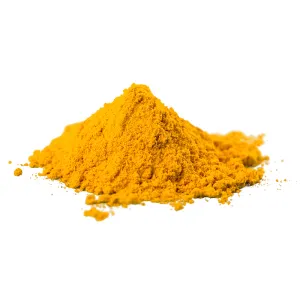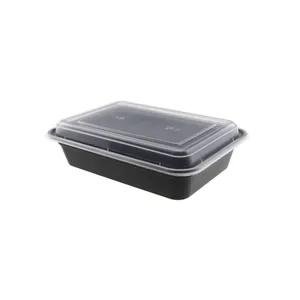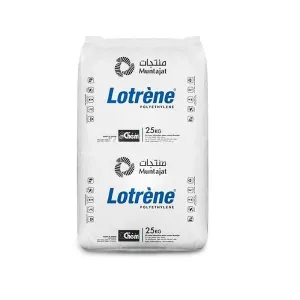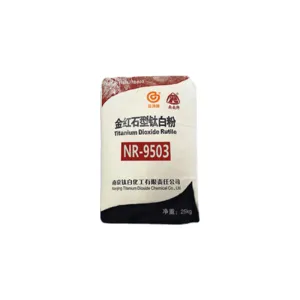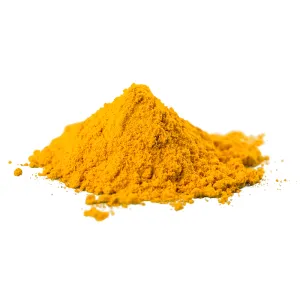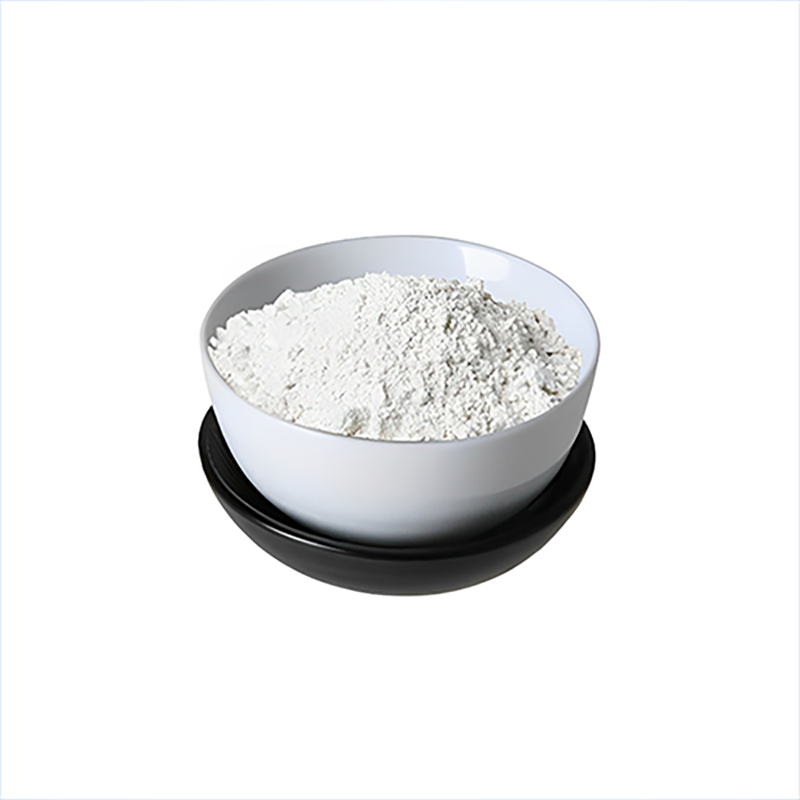RIL sees bigger opportunities in chemical business
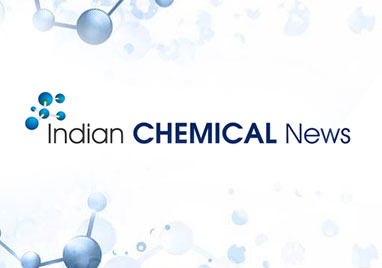
The global chemical industry has undergone a transformation since major financial crisis of 2008. The chemical industry benefitted from industry discipline and rapid economic recovery, especially in China and India. Despite unplanned outages, the industry demonstrated a slow and consistent improvement in production volumes. The overall margins improved as increase in raw materials could be passed on to the end-user even as operating rates remained stable. Reliance industries Ltd (RIL) foresees large opportunities in elastomers and other diverse chemicals. It has already announced its plans to set up a facility for manufacturing 100 KT of butyl rubber in partnership with Sibur. This is a significant step towards the company?s commitment to service India?s growing automotive sector by bringing in complex technologies. A new facility to produce butene-1 (40 KTA) and Methyl Tertiary Butyl Ether (144 KTA) using raffinate-1 from the butadiene plant will come on stream in FY-12.
Chemicals Business
Global scenario
The global chemical industry has undergone a transformation since major financial crisis of 2008. The chemical industry benefitted from industry discipline and rapid economic recovery, especially in China and India. Despite unplanned outages, the industry demonstrated a slow and consistent improvement in production volumes. The overall margins improved as increase in raw materials could be passed on to the end-user even as operating rates remained stable.
An excessive demand pull from the automotive sector coupled with high natural rubber prices created high margin environment in the elastomer segment. Shortage of cotton created superior performance in acrylic fibres and provided support to acrylonitrile.
Benzene: The global capacity of benzene in 2010 was 56 MMT against production of 40 MMT, resulting in average operating rate of 72%. Demand for the year was 39.8 MMT. Globally, capacity has increased by more than 7.5 MMT in the past 4-5 years resulting in excess capacity.
Butadiene: North-East Asia remains the world?s largest market with a global market share of 44%, followed by 22%, and 21% by USA and Europe respectively. The demand grew at 10% on a year-on-year basis.
Polybutadiene Rubber (PBR) is the second largest synthetic rubber among elastomers and its demand is estimated at 2.7 MMT. Global demand for synthetic rubber in coming years is expected to grow at 4.8% annually.
Caustic Soda (CS): The installed capacity of caustic soda is 85 MMT globally. The global consumption of caustic soda increased to 63 MMT in FY-11, an increase of about 6% over FY-10 and operating rate of 74%. Around 55% of the global chlor alkali capacity is now in Asia.
Linear Alkyl Benzene (LAB): Globally, the consumption of LAB is pegged close to 3 MMTPA against capacity of 3.6 MMTPA. The consumption growth is at 2.5% per annum and is expected to continue at this rate driven by Asian demand. With an installed capacity of 182 KT, Reliance is the world?s fifth largest producer of LAB.
Acrylonitrile: The global capacity of acrylonitrile in 2010 was 5.7 MMT against production of 5.1 MMT, resulting in average operating rate of 90%. The demand for the year was 5.08 MMT.
Indian chemical scenario
The Indian chemical industry environment was in line with the global business environment with the exception of the elastomer segment due to the excessive demand from the automobile segment. RIL has leadership position in aromatic segment constituting benzene, toluene and xylene.
The demand from downstream sectors covering SBS rubber, PBR, ABS and styrene butadiene latex recovered during the year and total demand is pegged at 117 KT. Domestic demand for PBR is met by RIL besides imports with consumption estimated at 135 KT. The market estimates demand for PBR to reach 155 KT by 2013 (a growth of 5% CAGR). RIL is the sole producer of acrylonitrile in India with a capacity of 41 KTA. RIL?s production in entirety is sold in the domestic market and represents nearly 30% share with the rest being imported.
RIL?s crackers at Hazira, Nagothane, Dahej and Vadodara are among the world?s most integrated petrochemical complexes with upstream refining, E&P and downstream chemical facilities. RIL is a leading producer of LAB, benzene and butadiene in India. RIL also produces basic aromatic building blocks of the highest purity, conforming to the product grades. These include toluene, mixed-xylene and ortho-xylene.
For the year, RIL?s benzene production was at 700 KT, a growth of 4% on a year-on-year basis. Total sales for the year were 681 KT, out of which 381 KT was exports, 215 KT was domestic and 85 KT was for captive consumption.
Exports of benzene during FY-11 were at 381 KT mainly to the US, Europe, besides Middle East. Toluene, a major biproduct of BTX group, registered production volumes of 105 KT.
RIL produced 174 KT of butadiene during the year of which 61 KT was exported after meeting the entire domestic requirement and captive consumption.
RIL is the only manufacturer of PBR in India. During the year, it produced 76 KT, an increase of 4.7 % on a year-onyear basis, most of which was sold in the domestic market. RIL has the annual capacity to produce 168 KTA of caustic soda and 141 KT of chlorine. RIL?s capacity utilization forthe year was at 97% as against average domestic capacity utilization of 75%.
RIL produces 163 KT of LAB on an annualized basis. Tightness of normal paraffins resulted in lower utilization of LAB capacity.
RIL?s entire production of acrylonitrile was sold in the domestic market. The upswing in demand from derivatives and restricted global supplies supported prices and margins.
Opportunities RIL foresees large opportunities in elastomers and other diverse chemicals. It has already announced its plans to set up a facility for manufacturing 100 KT of butyl rubber in partnership with Sibur. This is a significant step towards the company?s commitment to service India?s growing automotive sector by bringing in complex technologies. A new facility to produce butene-1 (40 KTA) and Methyl Tertiary Butyl Ether (144 KTA) using raffinate-1 from the butadiene plant will come on stream in FY-12.
Recommended Suppliers
 September 23, 2024
September 23, 2024  June 3, 2024
June 3, 2024  June 3, 2024
June 3, 2024  June 17, 2024
June 17, 2024  June 18, 2024
June 18, 2024 
